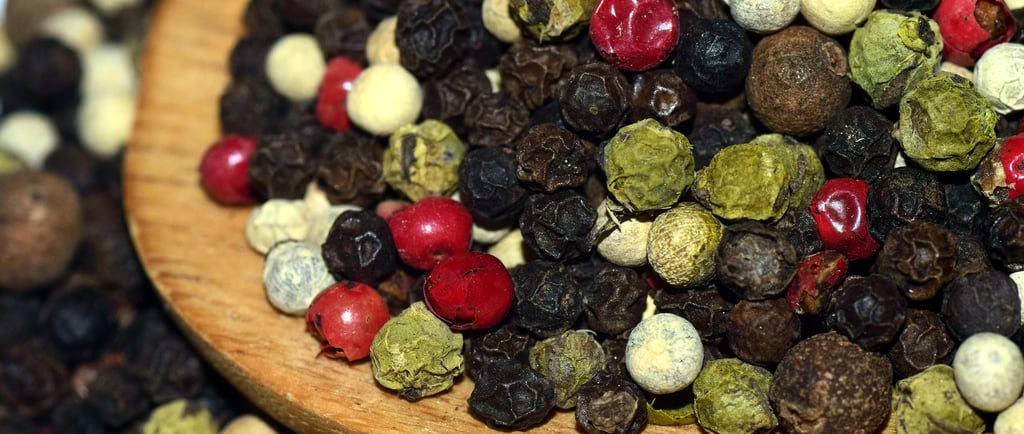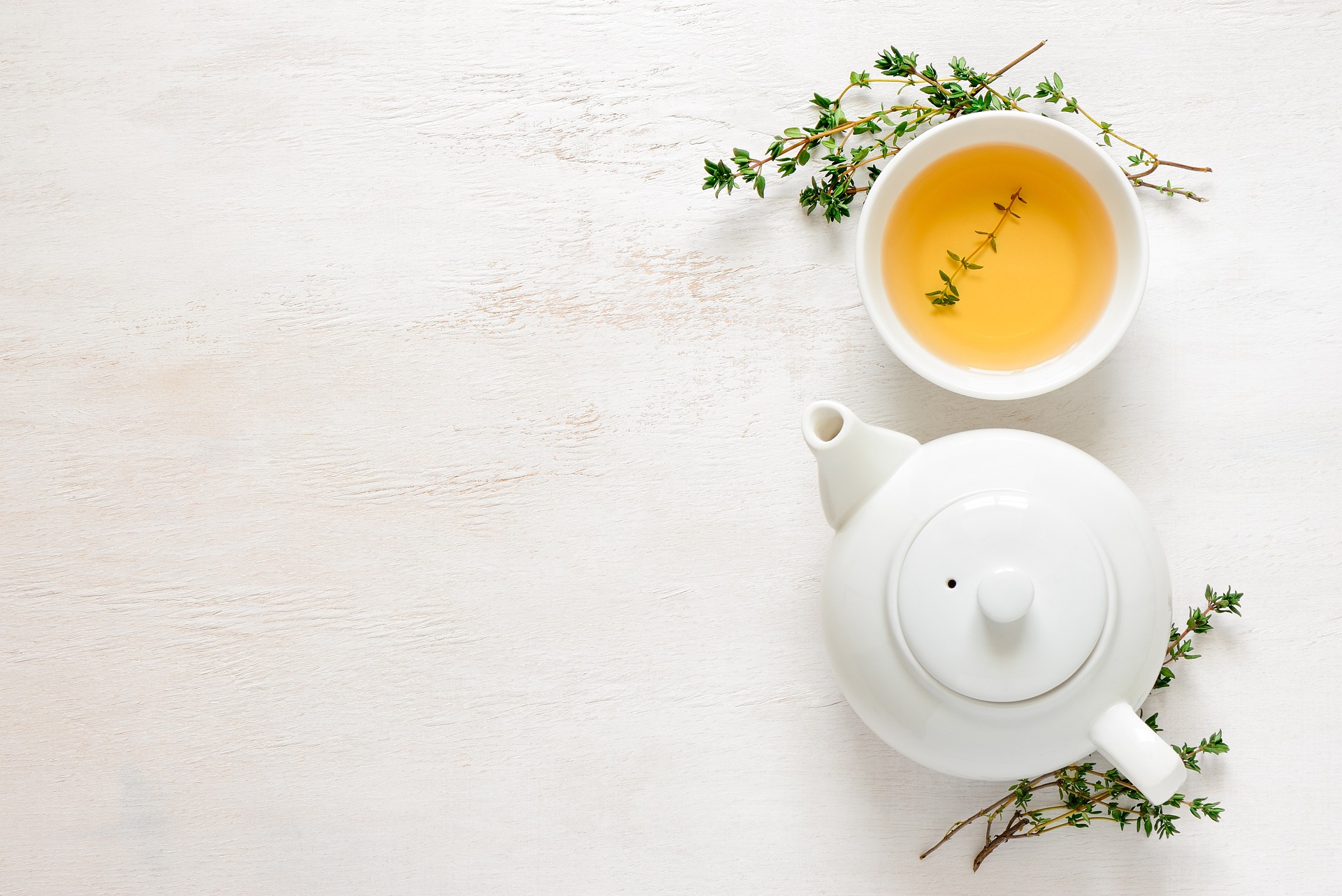Meet the Drupe That Rules the Spice World 👑The Peppercorn ✨
🫚 A follow-up story that connects The Stem , The Flower and The Fruit chapters in the Biology Album. 🌸🌿 It invites children to trace the journey of one of the most famous spices in the world—the peppercorn—starting from its twisting, climbing vine, through its delicate flowering stage, and all the way to the tiny, surprising fruit it produces. 🌸 🫚 The story reveals the peppercorn as a drupe—a fruit with a single hard seed inside, just like cherries or olives! It naturally branches into explorations of fleshy and dry fruits, seed protection strategies, and the relationships between humans and plants through cultivation and trade. It leaves children wondering: 💭 “What other spices are really hidden fruits? How many plant parts do we eat without even knowing it?”
BIOLOGY STORIES
7/17/20253 min read


If you open the kitchen cupboard, you will almost always find it… a small jar, filled with tiny beads, ready to be ground into a dust that tickles your nose and awakens your food. Let me introduce you the pepper (👏 pep 👏 per), the tiny fruit that traveled across oceans and empires, known by many names. 🖤🌍
Before we discover the story of this unusual fruit, I would like to tell you where it got its name. 📜✨
The word “pepper” comes from a very old language called Sanskrit, spoken in ancient India. There, people called spicy plants pippali (👏 pip 👏 pa 👏 li). As pepper traveled across lands and through trading ships, the Greeks called it peperi, the Romans called it piper, and finally, in English, it became “pepper.” 🌍
But why do we call it “peppercorn”? In old English, “corn” meant a little seed or grain—anything small and round like a bead. So, each tiny pepper fruit was called a “peppercorn,” meaning a little round grain of spicy plant. Even though it’s a fruit, people called it a “corn” because of its shape and size. 🖤🫘
Yes, you heard me right—peppercorn is a fruit! But what kind of fruit? It’s a drupe—just like cherries or olives—only much smaller and spicier! 🍒🫒🌶️ A drupe is a fruit with a soft outer layer, a fleshy middle, and a hard little seed inside.
Now this one here… doesn’t look fleshy at all, does it? 🤔 But once upon a time, it grew on long, dangling spikes from a climbing vine in the warm, green forests of India. 🇮🇳🌳 It wrapped itself around tree trunks, stretching toward the sunlight, and produced tiny white flowers. 🌸 When the blossoms faded, they became little green fruits, ripening into red jewels. ❤️
If picked while still green and dried in the sun, they shrivel into the familiar black, wrinkly peppercorns we know. ☀️🖤 Inside each one hides a burst of sharp, spicy flavor—ready to awaken any dish! 🍽️
📜 Long ago, people noticed this special little fruit had the power to transform simple food into something magical. The Romans called it “piper,” and it became so valuable that pepper was even used as money! A bag of pepper could buy you land, animals, or pay your taxes. 💰🌍
For hundreds of years, ships sailed dangerous seas just to bring pepper from India to Europe. Traders crossed deserts and mountains along the Silk Road with camels loaded with pepper sacks. 🐪⛰️ In fact, people called pepper “black gold.” Kings and queens, merchants and travelers—everyone wanted it. Some even said pepper was one of the reasons explorers like Vasco da Gama sailed around Africa! 🌊⚓
But there isn’t just black pepper, but also other colors. White peppercorns—made by allowing the berries to fully ripen to a red color. After harvesting, the outer skin is soaked and rubbed off, leaving just the inner seed, which dries to a creamy white color. There are also green peppercorns—when the berries are eaten fresh or pickled; and red pepper—when the fruit is fully ripened before drying. 🌿🖤🤍💚❤️ One plant… many flavors!
📜✨ If we travel around the world in search of pepper stories, we will find many legends. For example, during the Ming Dynasty in China 🇨🇳, great merchant ships called “Phoenix ships” sailed far seas loaded with treasures—silks, porcelains, and precious spices like peppercorns. People believed pepper had a special power: it could preserve youth and keep the body strong. 🌊⚓ Emperors at the royal court demanded only the finest black pepper for their banquets. Some called pepper “dragon’s tears”—round like tiny beads, sparkling like treasure, and holding the fire of flavor inside. 🐉💧As we sail through history, we find more fascinating names for pepper.
In Europe, peppercorns became famous as “fire-seeds,” 🔥🌱 admired for how such tiny fruits could awaken an entire dish with their bold heat. This little drupe was never just food—it was magic on the tongue, treasure in the kitchen, and a whisper of history that still travels through the meals we eat today. 🌍✨
💭 I wonder… What other spices come from fruits? Could we find them in our kitchens?
✨ Possible Follow-up Explorations ✨
Taste and smell different types of pepper.
Research what Vasco da Gama discovered on his voyages.
Investigate what other spices come from fruits.
Map activity: Trace the ancient spice routes 🌐
Cooking exploration: Research a dish from a country famous for its peppery flavors 🍲
With Montessori joy,
Vanina 😊

